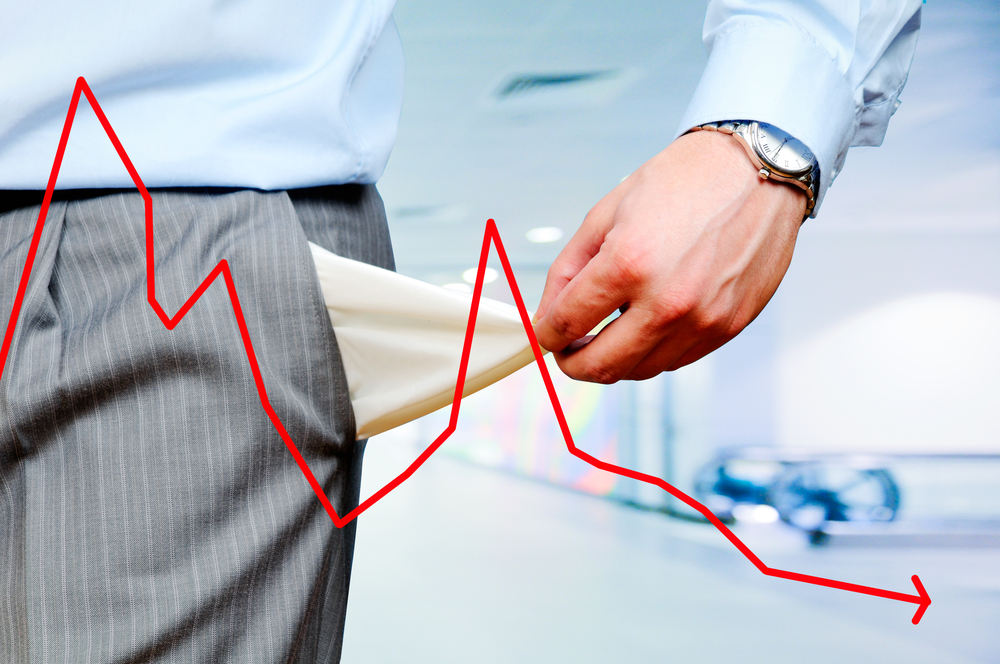With any sports team, you’re only as good as your players. In professional sports, that usually means one or two all-star players with talent around them.
But if you remove the one or two all-star players … like LeBron James from the Cleveland Cavaliers … they simply wouldn’t be NBA champions without him.
For the American economy, it’s the consumer who tends to carry growth. However, growth is usually spread out amongst corporations, government and exports, since a healthy consumer boosts those segments.
In the second quarter, we saw a different picture of the economy. One that recent earnings guidance says will not hold up through the second half of the year.
Think of the consumer as the LeBron James of the American economy. As consumer spending jumped 4.2% in the second quarter, corporate spending declined by its largest degree since 2009, and exports and government spending were basically flat.
In sum, second-quarter gross domestic product (GDP) came in at a growth rate of just 1.2%, well below expectations which pegged the growth rate at 2.6%.
When you take out consumer spending, GDP actually declined.
The question now is will the consumer be there to pick up the economy again in the third quarter? According to early reports, you shouldn’t hold your breath.
Last week I called for a recession before the end of next year. Well, I may be late to the game in my prediction.
If the American consumer is as weak as the items below indicate, we could see a recession as early as the second half of this year, which means there is one thing that is certain — the Fed will not attempt to raise rates again this year.
The Consumer: Out for the Season
Reports earlier this week hit the presses, and I immediately noticed a trend: The American consumer is no longer going to be the all-star for the economy. Take for instance:
- Ford, GM and Chrysler — three of the U.S.’ largest auto companies — reported sales for July that missed estimates: down 3%, 1.9% and up 0.3%, respectively.
- Delta Airlines, one of the largest airlines in the world, said revenue fell 7% in July as part of its monthly performance update.
- Macy’s, the biggest department store company, reported a decline in sales for July, leading to more aggressive markdowns and an industry-wide sell-off.
Many analysts are now anticipating a restaurant recession, similar to what led the previous two recessions, as major restaurant chains McDonald’s, Chipotle and Texas Roadhouse are posting weaker earnings and offering up guidance below analyst expectations.
These are all consumer-driven businesses, and they all speak to a weaker consumer.
The Need for Yield in a Recession
We still have two months of data to see if the consumer bounces back, but it’s not off to a good start. When you add it all up — the weak consumer, an earnings recession, slower corporate spending and a sluggish economy — a pressing recession seems more and more likely.
It’s why I now believe we are on the cusp of a recession that will occur by next year at the latest … and your time to prepare is running out.
The looming risk of a recession will surely keep the Fed with no ammo to raise rates. In fact, much like the Bank of England did on Thursday, I expect the Federal Reserve’s next move to be a rate cut, not a rate hike.
As such, your need for yield will remain for at least another decade, and unique strategies like those found in my premium investing service, Pure Income, are the best way to generate yield in a volatile environment.
Regards,
Chad Shoop
Editor, Pure Income
